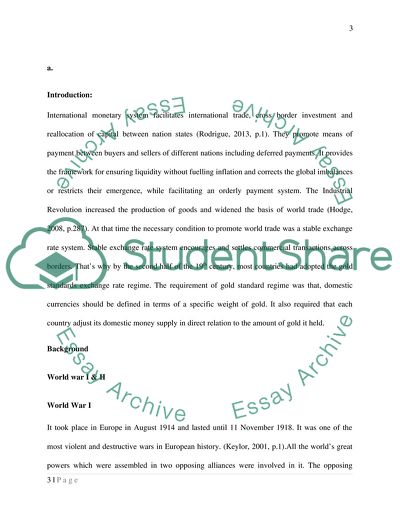Cite this document
(International Finance: (International monetary system 1925-1960) Essay - 1, n.d.)
International Finance: (International monetary system 1925-1960) Essay - 1. https://studentshare.org/finance-accounting/1796822-international-finance-international-monetary-system-1925-1960
International Finance: (International monetary system 1925-1960) Essay - 1. https://studentshare.org/finance-accounting/1796822-international-finance-international-monetary-system-1925-1960
(International Finance: (International Monetary System 1925-1960) Essay - 1)
International Finance: (International Monetary System 1925-1960) Essay - 1. https://studentshare.org/finance-accounting/1796822-international-finance-international-monetary-system-1925-1960.
International Finance: (International Monetary System 1925-1960) Essay - 1. https://studentshare.org/finance-accounting/1796822-international-finance-international-monetary-system-1925-1960.
“International Finance: (International Monetary System 1925-1960) Essay - 1”. https://studentshare.org/finance-accounting/1796822-international-finance-international-monetary-system-1925-1960.


